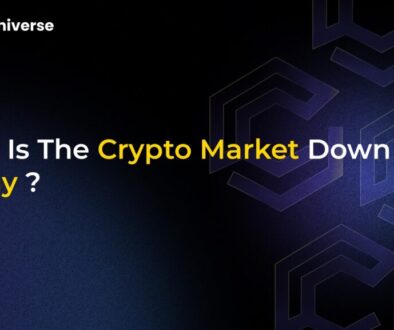Bitcoin ETFs See Inflows Despite Geopolitical Turmoil

Bitcoin ETFs Defy Geopolitical Turmoil with Sustained Inflows
In a remarkable display of resilience, Bitcoin exchange-traded funds (ETFs) have recorded five consecutive days of significant inflows. This positive trend has emerged despite the backdrop of heightened geopolitical tensions, particularly stemming from the recent Israel-Iran conflict. This sustained investor interest highlights a growing confidence in Bitcoin as a strategic asset, even amidst global uncertainties.
A Five-Day Inflow Streak: Over $1.3 Billion Poured In
Data from Farside Investors reveals that the impressive streak began on June 9, with Bitcoin ETFs attracting a substantial $386 million in inflows on that day alone. This momentum continued throughout the week, culminating in an additional $301 million by Friday. In total, over $1.3 billion flowed into Bitcoin ETFs within this five-day period.
- Start of Streak: June 9, with over $386 million in inflows.
- Continued Momentum: Additional $301 million by Friday.
- Total Inflows: Exceeded $1.3 billion over five consecutive days.
This consistent accumulation suggests a robust and growing appetite among investors for regulated Bitcoin exposure. Leading the charge in these inflows were prominent funds such as the Fidelity Wise Origin Bitcoin Fund and the ARK 21Shares Bitcoin ETF. While some outflows were observed from Grayscale’s GBTC, the overall net inflows into the sector remained substantially positive, underscoring a broader shift towards Bitcoin ETFs as a preferred investment vehicle.
Geopolitical Tensions and Bitcoin’s Unique Resilience
The Israel-Iran conflict undeniably sent ripples through global financial markets, and the cryptocurrency sector was no exception. Initial reports of Israeli missile attacks on Iran prompted a swift reaction from investors, leading to a temporary shift away from riskier assets. This resulted in Bitcoin’s price momentarily dipping below the $60,000 mark. The broader cryptocurrency market also felt the impact, with over $500 billion wiped from the combined value of major digital assets like Bitcoin, Ethereum, XRP, Solana, and Dogecoin during the peak of the tension.
Navigating Volatility and Future Outlook
Despite these sharp fluctuations, Bitcoin has demonstrated a notable degree of resilience. However, analysts are closely monitoring potential short-term risks. A significant concern remains the hypothetical closure of the Strait of Hormuz by Iran, a critical chokepoint for global oil shipments. Such an event could trigger a broader market downturn, primarily due to a potential surge in oil prices, and could lead to further short-term price corrections for Bitcoin.
Nevertheless, the ongoing geopolitical uncertainties are also fueling predictions of a substantial Bitcoin price rally to new all-time highs in the near future. As traditional markets face instability, some investors increasingly view Bitcoin as a potential hedge or a ‘digital gold’ alternative, capable of performing independently of conventional economic pressures. The sustained inflows into Bitcoin ETFs, even during periods of global unrest, may indicate that sophisticated investors are positioning themselves for this very scenario.
What These Inflows Mean for the Market
The consistent positive flow into Bitcoin ETFs, especially during a period of geopolitical stress, sends a strong signal about the maturing perception of Bitcoin. It suggests that institutional and retail investors alike are increasingly viewing Bitcoin as a legitimate, accessible, and potentially crisis-resistant asset. While the crypto market remains inherently volatile, the ETF structure offers a familiar and regulated gateway for traditional investors, bridging the gap between conventional finance and the burgeoning digital asset space.
The ability of Bitcoin ETFs to attract significant capital when global tensions are high underscores a potential shift in investment paradigms, where digital assets are no longer just speculative plays but are becoming integrated into diversified portfolios seeking resilience and growth.


